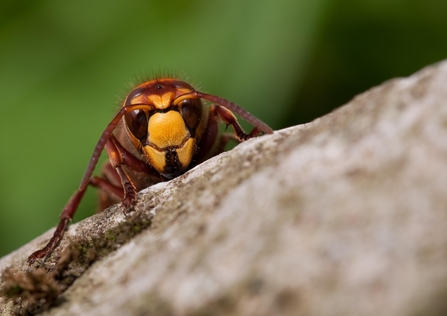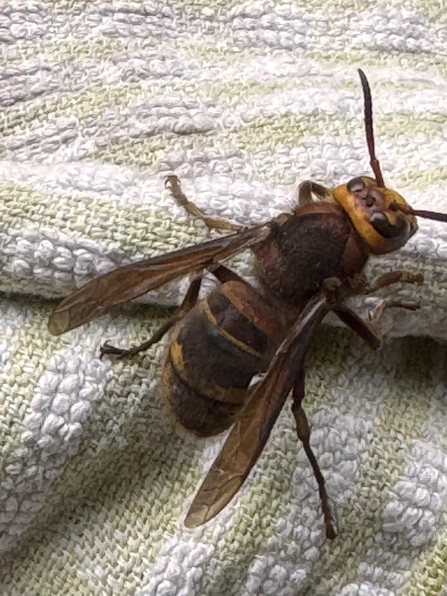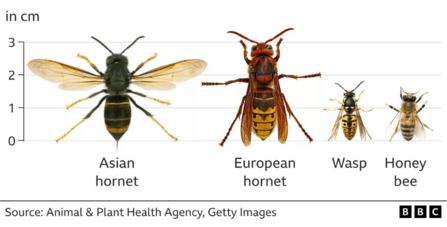Have you ever seen a large, buzzing insect around your garden or in the countryside? You might have spotted a hornet! But did you know that not all hornets are the same and that some are actually beneficial members of our local ecosystem?
Let’s explore the European Hornet, our native hornet in Derbyshire, and learn how to recognise it from the Asian Hornet, a species that’s not originally from our part of the world.




